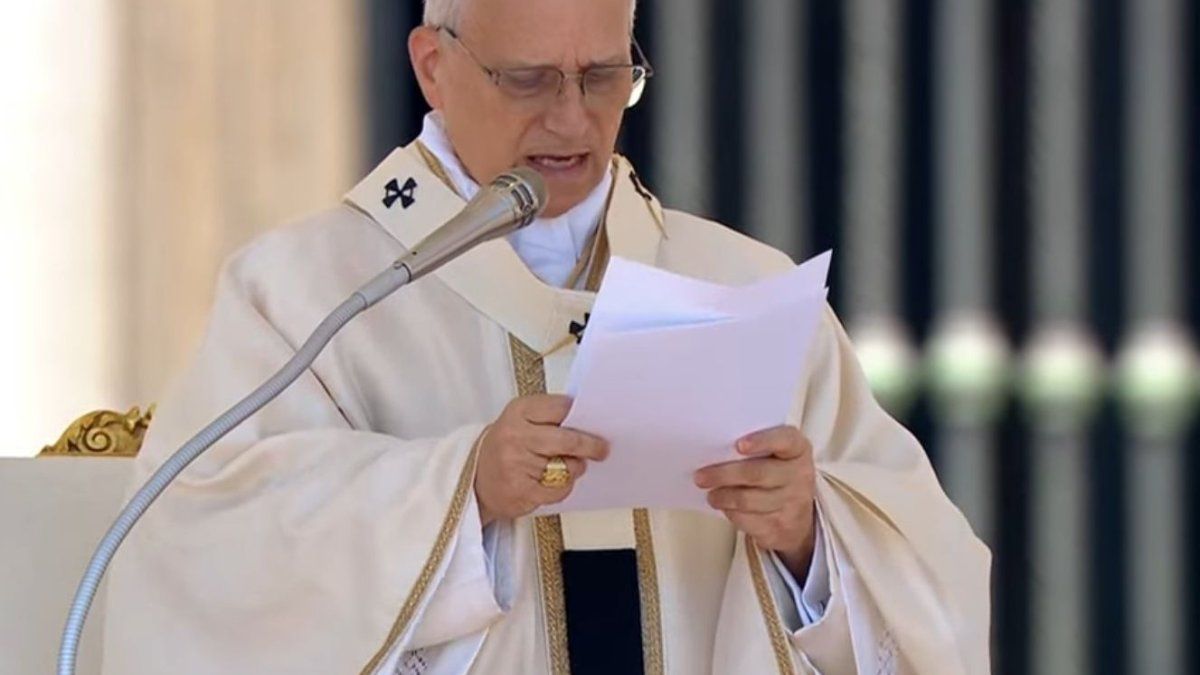The scarce reserves of the central bank (BCRA), a high inflation -which exceeds 100% year-on-year-, a high deficit in public accounts and a severe drought that affects exports are central issues that hit the Argentine economy at this time and deepen poverty in the country, according to the vision of various analysts who opine on the local economic future in the midst of a complex electoral year.
In this context, economist Roberto Geretto, from Fundcorp, mentioned that “finally, the ‘soybean dollar 3’ was announced, which also includes some regional products to compensate for the lower sale of soybeans due to the drought.” He predicted that, in a good scenario, the BCRA could buy US$4 billion in the next two months, although he warned that the future scenario would not be the best, losing reserves again in the following months. “Thus, this new measure aims to gain two months, which in the current context is not little,” he summarized.
“We are in an extremely vulnerable economy. It is not a novelty, rather it is a process that has been intensifying for a long time. What (Economy Minister) Sergio Massa is trying to do is buy time and prevent the bomb from exploding,” economist Rodrigo Álvarez said in radio statements.
As explained by analyst Juan Manuel Palacio, “the soybean dollar 3 it is much more than that because it puts many products in the bag, including some that have a high percentage of local consumption”. And he warned that the impact on inflation of this devaluation, “which does not have the title of devaluation, will be felt.
“He ‘agro dollar’ will not create foreign currencybut at least it would allow the liquidation to be brought forward and thus grant temporary relief to the negative dynamics of reserves that have been accumulating to critical levels,” said economist Gustavo Ver, for his part.
And he explained in this regard that, even when financial and free dollars can deflate a bit in the short term, The effect of these initiatives -as has already happened in the past- would once again be transitory, especially considering that the associated monetary issue could end up putting even more pressure on inflation in the coming quarters, thus further accentuating the relative backwardness of said references. .
This occurs in a context in which the country lost a lawsuit in London in a case due to the dubious level of GDP in 2013, which is tied to the payment of debt coupons. That ruling hit the bond market. And, on the other hand, the “Relevamiento de Expectativas de Mercado” (REM) survey carried out by the central bank estimated that for the third month of the year analysts projected inflation of 7% and 110% for all of 2023.
What’s next for the economy
For VartNet Financial Research, what the Government is doing is trying to “raise spirits by announcing another batch of special measures in order to raise billions in foreign currencyalthough the specific amount remains to be seen”. And they considered that these are temporary changes and that they imply a large monetary issue. of the exchange regime”, they pointed out.
For its part, Capital Economics considered that “a reading between the lines of the IMF’s fourth review of the extended service of the credit agreement of some US$44,000 million granted to Argentina suggests that the agreement could be beginning to unravel.”
Thus, Álvarez estimated that “in the medium and long term, what we see is that instability is going to grow at a phenomenal rate.”
Ecolatina predicted that “we will see a new rise in poverty in the first half of 2023, -probably above 40%- but this time not only explained by the deterioration in real income, but also by the economic recession.”
The consultant pointed out that the accumulation of years of worsening real incomes in a context of an economy with high inflation suggests that an increasingly higher poverty floor was consolidated and difficult to break in the medium term, even recovering growth economic.
Concern about inflation
And it is that, the Mediterranean Foundation pointed out that, “in a ‘short blanket’ scenario, the December 2022 goals committed to the IMF were met at the cost of complicating the numbers for the first quarter of 2023Thus, they observed that the drop in collection from withholdings and the non-accumulation of reserves have more to do with the inflationary acceleration of the second half of 2022 and with the advance of exports generated by the “soybean dollar II” of December than with the impact of the drought, which will be strongly felt in the course of this second quarter.
“High inflation is here to stay and a potential devaluation would be part of the Stabilization Plan that will be carried out by the next Government, whatever it may be. We believe that Treasury bills and bonds could suffer an increase in volatility, something always typical in electoral cycles, although perhaps also a little more aggravated by the difficult macroeconomic context,” said Adcap Grupo Financiero.
In this context, Omar de Lucca, a specialist in financial education, recommended, in radio statements, that “with a high country risk, each step must be taken as if it were a chess game.” For him, diversifying is the first thing people have to do when investing their money. “I always recommend staying 70% in dollars and a small part in pesos that allows you to cover expenses with this extraordinary income,” he said.
Source: Ambito




